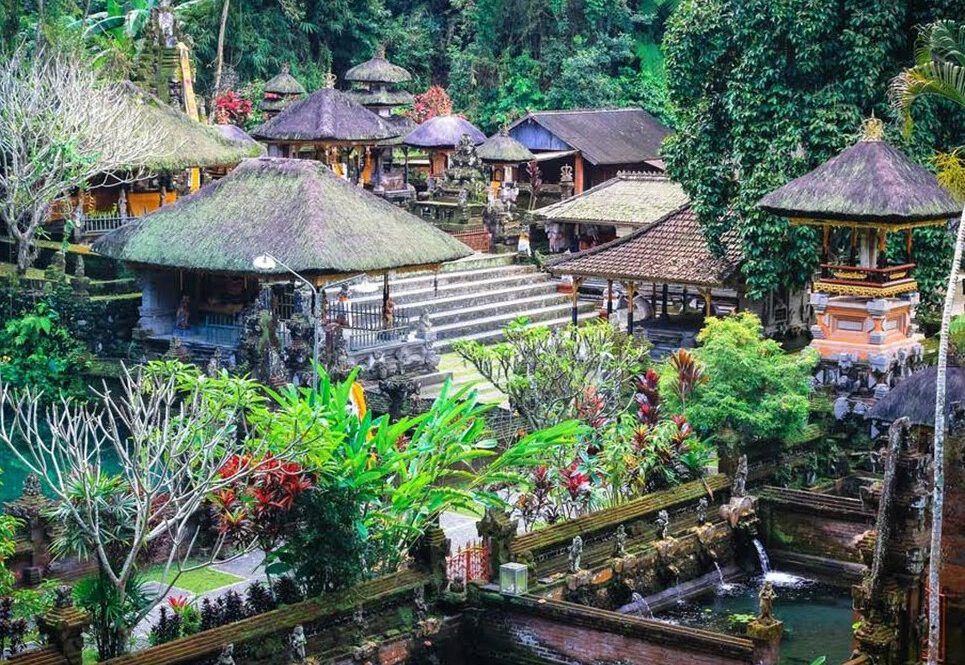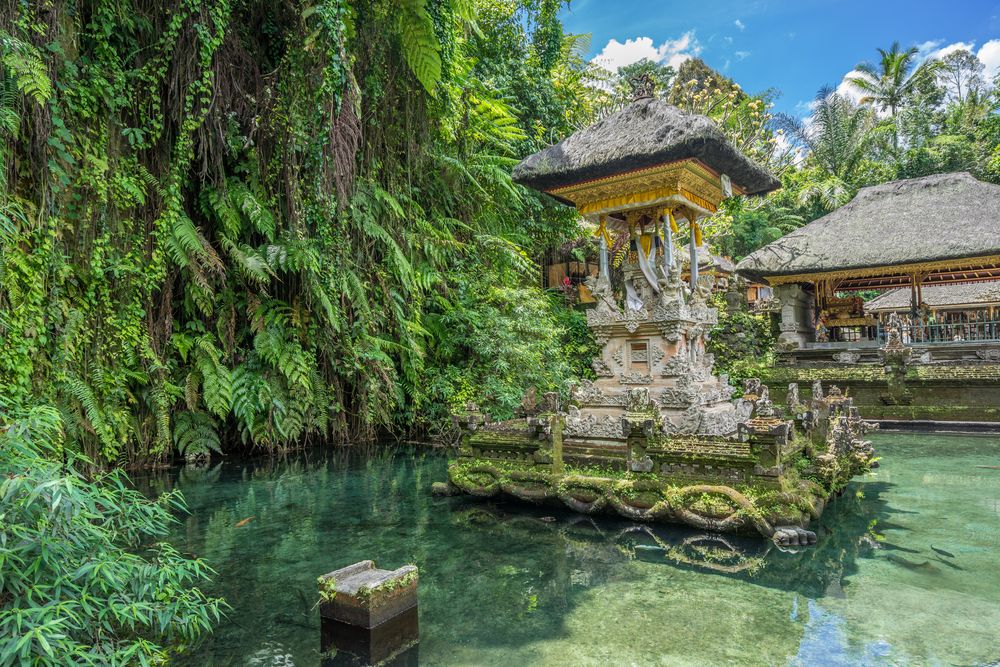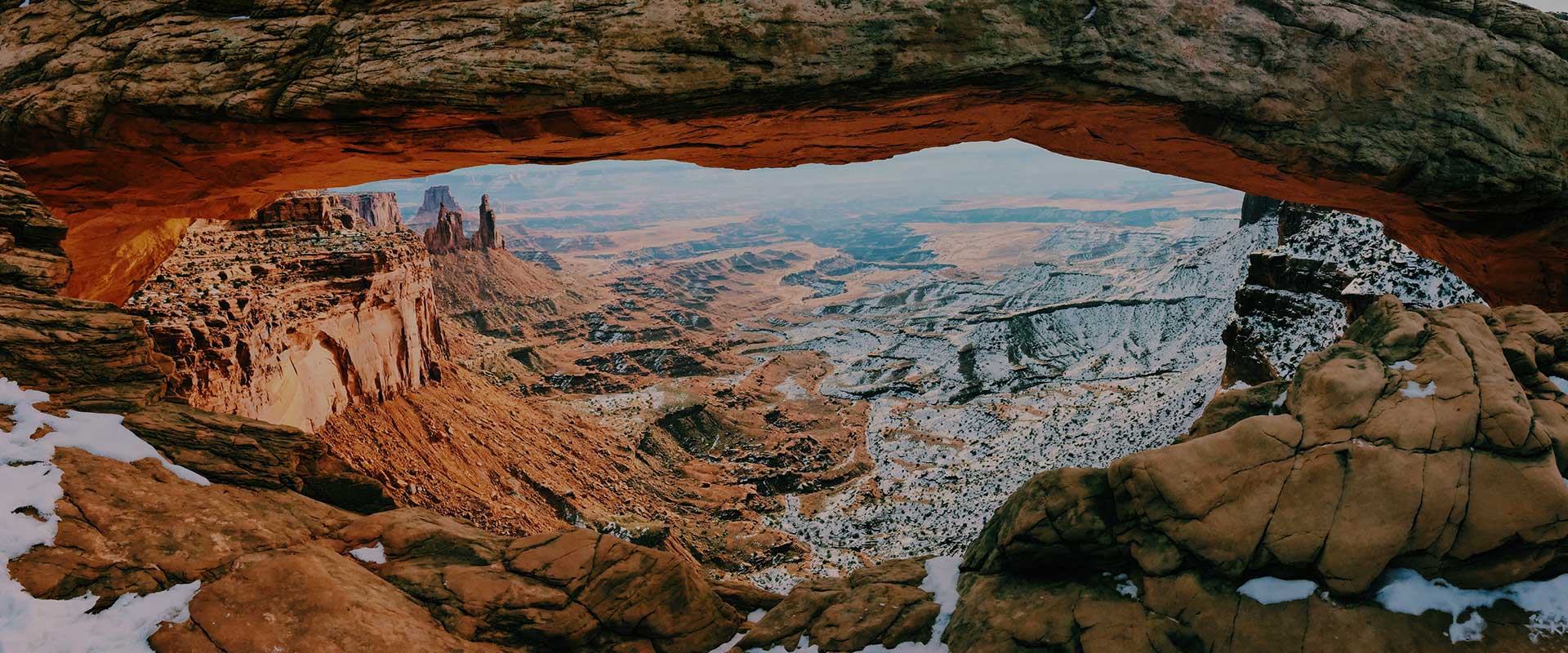The Gunung Kawi Temple complex, known locally as Pure Gunung Kawi, is one of Bali\’s most unique archaeological sites, comprising a collection of ancient reliefs from shrines carved into a cliff wall. The main site overlooks the sacred Pakerisan River, which also flows through the Tirta Empul Temple one kilometer to the north.
On the other side of the river, from the ancient reliefs, is the courtyard of a temple with ancient Hindu shrines of more contemporary architectural style, to which pilgrims come, especially during their Piodalan anniversaries.

The Pure Gunung Kawi Temple
The Pejeng region in Bali is famous for its rich collection of archaeological sites, and the Pure Gunung Kawi Temple is a popular stop on the routes through the central highlands of the Gianyar regency. The temple complex is easily found, just a few hundred meters east of the main road of Jalan Raya Tampaksiring, from where you continue to walk to a paved walkway that is filled with art shops and small local warungs.
Along the other 300 steps to the river, lush rice terraces and a beautifully green valley come together to transport you to the past away from modernity. There is a temple with a similar name, Pure Gunung Kawi Sebatu
When the stairs are finished, proceed through a stone arch with small pillars, each with an earthenware vase filled with holy water, which you sprinkle on yourself before entering. It is believed that the burial monuments on the site are dedicated to King Anak Wungsu of the Udayana dynasty and his favorite queens.
On the east side there are five temples dedicated, according to one theory, to King Udayana, his queen Mahendradatta and her sons Airlanga, Anak Wungsu and Marakata.

The interior of the Gunung Kawi Pure Temple
Inside, the view opens to the main site with ten seven-meter high shrines carved into the rocky hillside. There are four on the west side and five on the east side of the river, while southward across the valley another is hidden. Legend has it that these are the memorials of the deified Balinese King Udayana, his concubines and his family, which leads to the Pure Gunung Kawi temple to be widely considered as the site of the tomb of the Warmadewa dynasty.
Small stone caves that actually serve as meditation sites complement the shrines, where Buddhist monks used to sit and contemplate. In fact, Balinese history has shown that the two religions co-existed in harmony. Across the river from the first rock sanctuary complex is the functional temple courtyard that the locals essentially call Pure Gunung Kawi . Inside is what you would commonly find in any other Balinese temple courtyard, with several sanctuaries surrounding the large main temple pavilion or «bundle».


